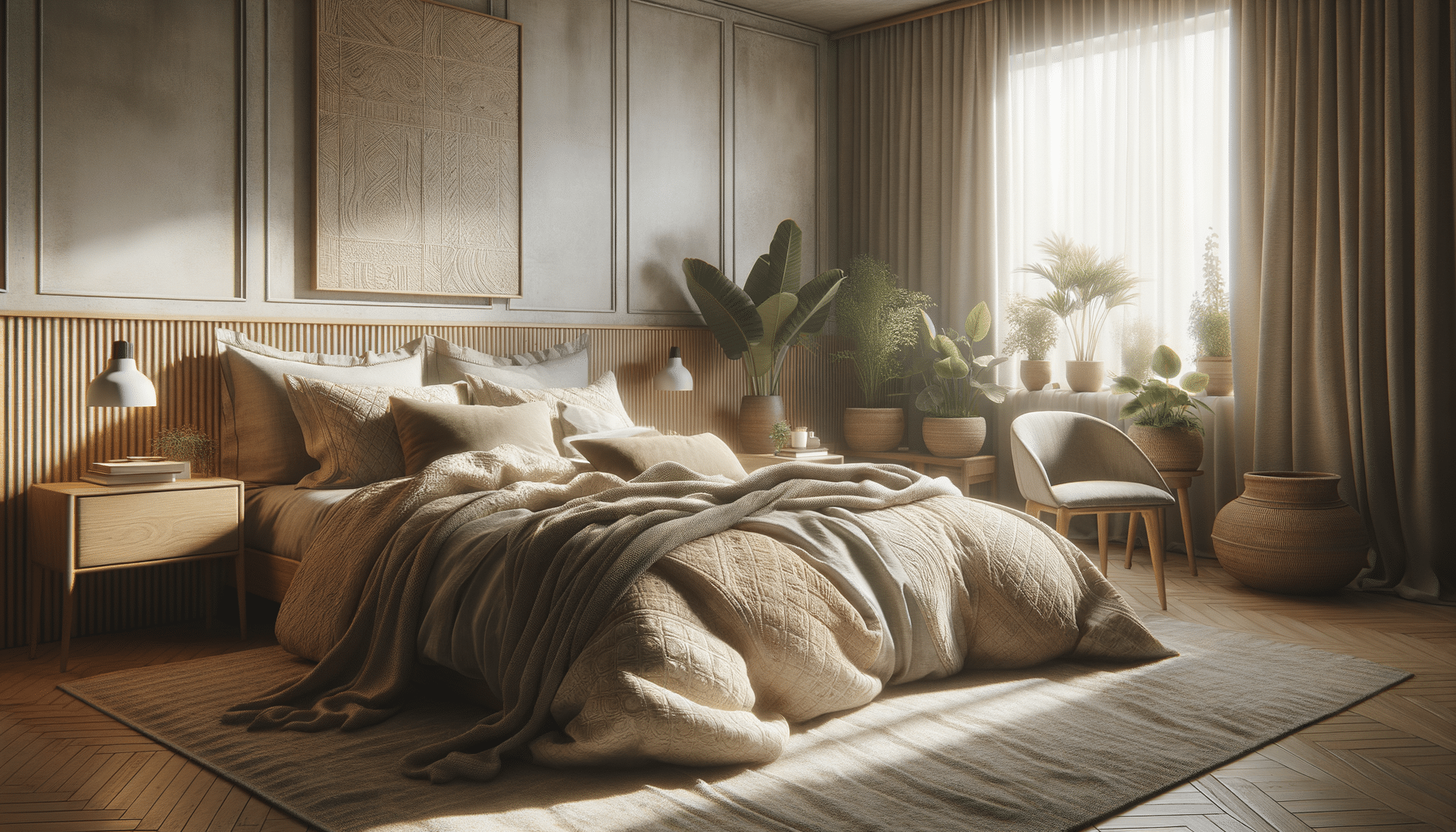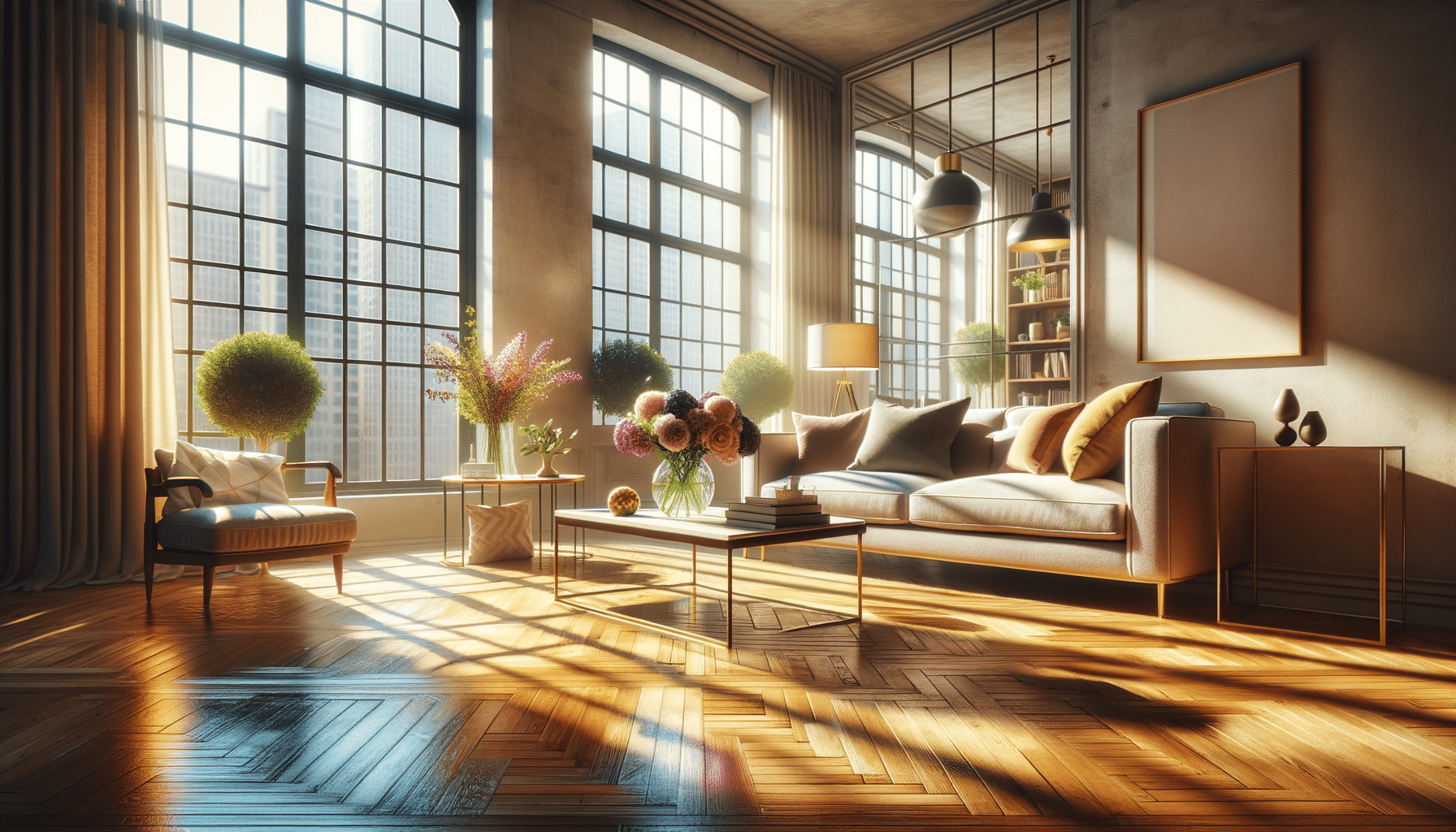
Stylish Bedspreads and Comforters for a Cozy Bedroom
Introduction to Bedspreads and Comforters
When it comes to bedroom décor, bedspreads and comforters play a vital role in setting the tone and ambiance of the space. These essential bedding components not only provide warmth and comfort but also add a touch of style and personality to any room. With a wide variety of designs, materials, and colors available, choosing the right bedspread or comforter can transform your bedroom into a cozy and inviting retreat. In this article, we will explore the differences between bedspreads and comforters, their benefits, and how to choose the ideal one for your bedroom.
Understanding the Differences: Bedspreads vs. Comforters
While both bedspreads and comforters serve as decorative and functional pieces in the bedroom, they have distinct differences that can influence your choice. A bedspread is typically a lightweight covering that drapes over the entire bed, often extending to the floor. It is designed for aesthetic appeal, providing a neat and polished look to the room. Bedspreads are ideal for warmer climates or for those who prefer a layering approach to bedding.
On the other hand, a comforter is a thick, padded blanket filled with materials such as down, feathers, or synthetic fibers. It is designed to provide warmth and is often used as the primary cover on the bed. Comforters are commonly paired with duvet covers for added protection and style versatility. The choice between a bedspread and a comforter largely depends on personal preference, climate, and the desired style of the bedroom.
Materials and Construction: What to Look For
The material and construction of bedspreads and comforters significantly impact their durability, comfort, and appearance. Common materials for bedspreads include cotton, polyester, and blends, each offering different levels of breathability and texture. Cotton bedspreads are highly regarded for their softness and breathability, making them a popular choice for warmer weather. Polyester and blends, on the other hand, offer durability and are often more affordable.
Comforters are typically filled with either down or synthetic fibers. Down comforters are known for their exceptional warmth and lightweight feel, making them a luxurious choice. However, they require careful maintenance and may not be suitable for those with allergies. Synthetic comforters, made from materials like polyester, offer hypoallergenic properties and are easier to maintain. When choosing a bedspread or comforter, consider factors such as climate, personal preferences, and any specific care requirements.
Style and Design: Enhancing Your Bedroom Aesthetics
The style and design of your bedspread or comforter can significantly influence the overall look and feel of your bedroom. Whether you prefer a minimalist, modern aesthetic or a more traditional, cozy vibe, there are options to suit every taste. Bedspreads often come in a variety of patterns, textures, and colors, allowing you to express your personal style. From intricate quilts to sleek, solid designs, bedspreads can be the focal point of the room or a subtle complement to other décor elements.
Comforters, with their plush and inviting appearance, can add a sense of luxury and comfort to the bedroom. The choice of color and pattern can set the mood, whether it’s a calming, neutral tone or a vibrant, bold pattern. Consider coordinating your bedspread or comforter with other bedroom elements, such as curtains, rugs, and pillows, to create a cohesive and harmonious look.
Practical Tips for Choosing the Right Bedspread or Comforter
Selecting the perfect bedspread or comforter involves more than just aesthetic appeal. It requires careful consideration of several practical factors. Start by assessing the climate and your personal comfort needs. If you live in a warmer region, a lightweight bedspread might be more suitable, whereas a thicker comforter is ideal for colder climates.
Next, consider the size of your bed. Ensure that the bedspread or comforter adequately covers the mattress and fits well with the overall bedroom layout. Another important factor is maintenance; opt for materials that align with your willingness and ability to care for them. Finally, set a budget and explore various options within that range, keeping in mind that investing in quality bedding can enhance your comfort and bedroom aesthetics.


